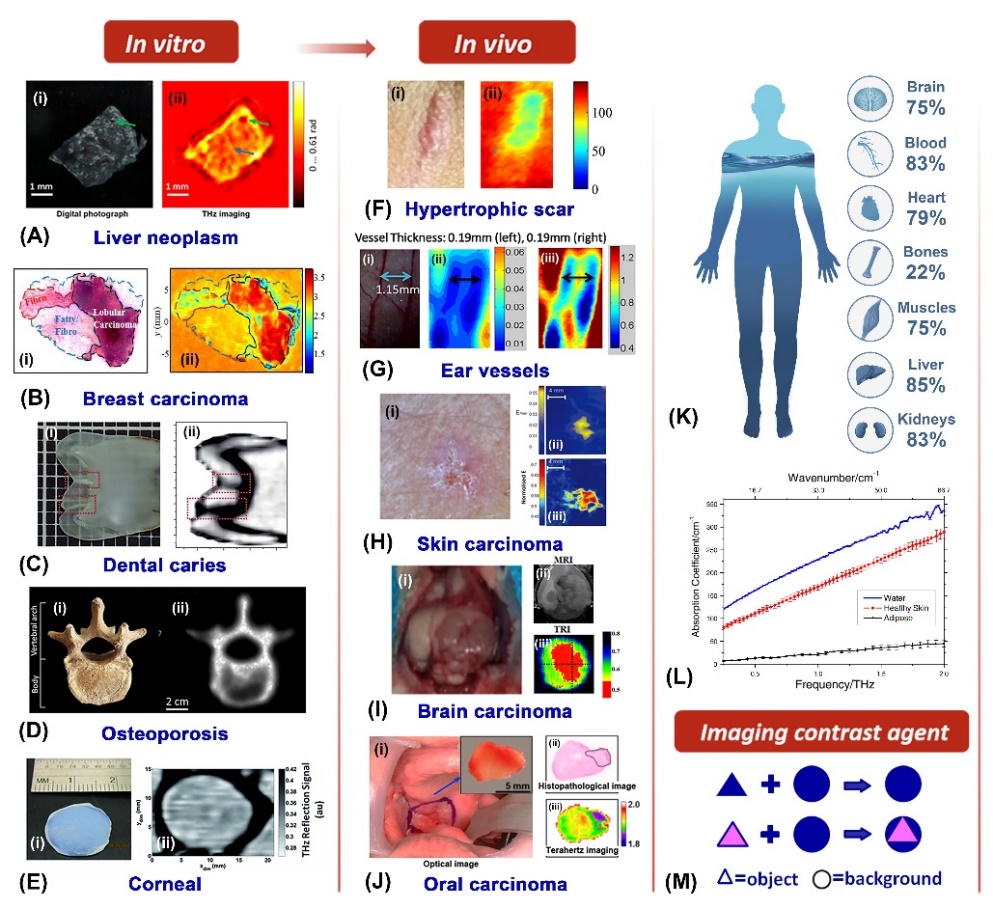The research team of Professor Wanxia Huang and Associate Professor Qiwu Shi recently published a forward-looking review article "THz medical imaging: from in vitrotoin vivo" in Trends in Biotechnology, a top journal in the field of biotechnology. Zhiyao Yan, a Class 2019 graduate student of the College of Material Science and Engineering, is the first author of the paper, and Liguo Zhu, a researcher at the Institute of Fluid Physics of the China Academy of Engineering Physics, is the co first author of the paper. Associate Professor Qiwu Shi is the corresponding author of the paper. The College of Material Science and Engineering of Sichuan University is the paper’s corresponding work unit.

Development trend of terahertz medical imaging
“Terahertz (THz) medical imaging has been widely explored in vitro and in vivo, and has demonstrated the potential to be a unique tool to complement existing medical imaging methods.---
Terahertz (THz) radiation has attracted considerable attention in medical imaging owing to its nonionizing and spectral fingerprinting characteristics. To date, most studies have focused on in vitro and ex vivo objects with water-removing pretreatment because the water in vivo excessively absorbs the THz waves, which causes deterioration of the image quality. In this review, we discuss how THz medical imaging can be used for a living body. The development of imaging contrast agents has been particularly useful to this end. In addition, we also introduce progress in novel THz imaging methods that could be more suitable for in vivo applications. Based on our discussions, we chart a developmental roadmap to take THz medical imaging from in vitro to in vivo.” (Highlights)
The research team of Wanxia Huang and Qiwu Shi has long been engaged in interdisciplinary research on the interaction between materials and terahertz wave. The team has developed a variety of nano materials that can effectively improve the contrast of THz imaging, which is expected to promote the application of terahertz wave in in vivo imaging and diagnosis. Relevant research was supported by NSAF program of the National Natural Science Foundation of China.
https://www.cell.com/trends/biotechnology/fulltext/S0167-7799(21)00295-
